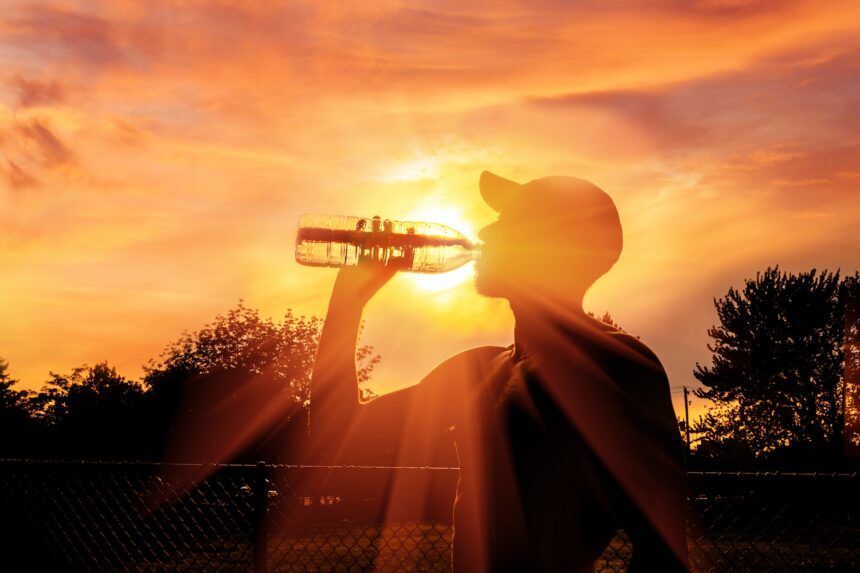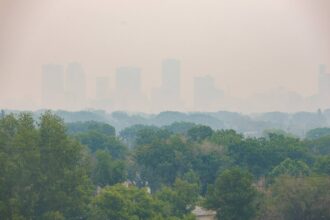As southwestern Ontario braces for what meteorologists are calling a “significant heat event” this week, Grey Bruce Public Health officials have mobilized to help residents prepare for potentially dangerous conditions. With temperatures expected to climb into the mid-30s and humidex values approaching 40°C, the region faces its first major heat wave of the summer season.
“We’re looking at a prolonged period of extreme heat that could last several days,” says Dr. Ian Arra, Medical Officer of Health for Grey Bruce. “These conditions can pose serious health risks, particularly for vulnerable populations including seniors, young children, and those with chronic medical conditions.”
The health unit has issued specific guidance as temperatures climb, emphasizing that heat-related illnesses can escalate quickly from mild symptoms to life-threatening conditions. Officials recommend residents check regularly on elderly neighbors and family members who live alone, as they may be particularly susceptible to heat stress.
“Heat exhaustion can progress to heat stroke very rapidly if warning signs are ignored,” Dr. Arra explains. “Symptoms like dizziness, nausea, headache, and excessive sweating should be taken seriously and addressed immediately.”
Public health officials have outlined several practical strategies to stay safe during the upcoming heat wave. Residents are advised to limit outdoor activities during peak heat hours (typically 11 a.m. to 4 p.m.), seek air-conditioned environments when possible, and wear loose-fitting, light-colored clothing.
For those without home air conditioning, the health unit has coordinated with local municipalities to establish cooling centers throughout Grey and Bruce counties. These facilities, including community centers and libraries, will offer extended hours during the heat event.
Hydration remains paramount during extreme heat conditions. Health experts recommend drinking water consistently throughout the day, even before feeling thirsty, as thirst can be a late indicator of dehydration. Sports drinks containing electrolytes may be beneficial for those engaging in physical activity or working outdoors.
“We strongly discourage consumption of alcoholic beverages and excessive caffeine during extreme heat events,” notes public health nurse Sandra Labelle. “These substances can accelerate dehydration and impair the body’s natural cooling mechanisms.”
Pet owners are also being reminded to take precautions for their animals. Never leave pets in parked vehicles, ensure outdoor animals have access to shade and fresh water, and consider bringing pets indoors during the hottest parts of the day.
The health unit’s warning comes as Environment Canada forecasts daytime highs reaching 33°C beginning Wednesday, with overnight temperatures providing little relief as they remain above 20°C through Saturday. These conditions can be particularly hazardous as they prevent the body from cooling sufficiently during nighttime hours.
As climate patterns continue to shift, public health officials note that extreme heat events are becoming more common and more intense. How will communities adapt their infrastructure and emergency planning to protect vulnerable residents as these dangerous weather patterns become the new normal?


















